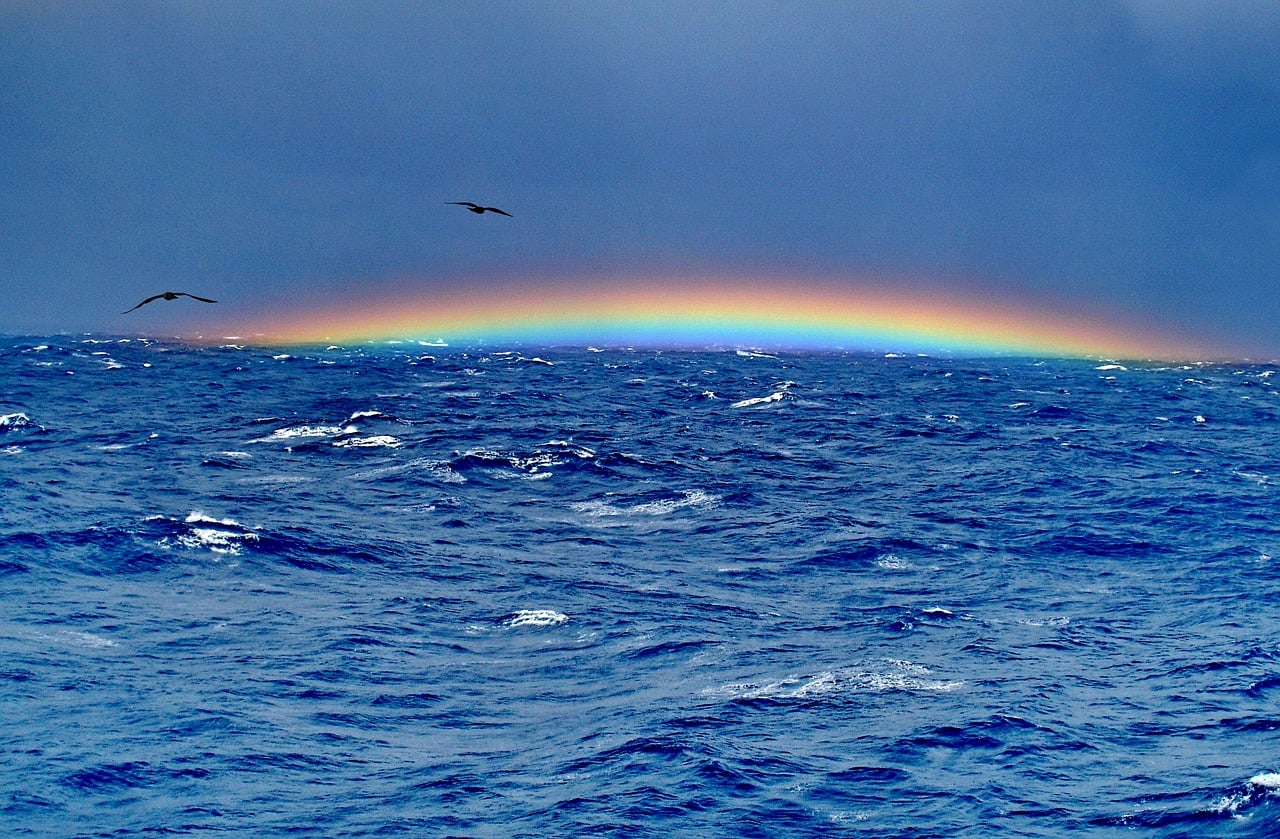The Bermuda Triangle mystery has baffled scientists for decades. The infamous body of water that stretches over 270,271 square miles in the North Atlantic Ocean between Florida, Bermuda, and Puerto Rico has claimed more than a thousand lives since last century. There have been few clear and concrete explanations of why airplanes, ships, boats, and people keep disappearing in the Bermuda Triangle, which is also referred to as the Devil’s Triangle.
Enter the rogue waves
We have all heard stories about the Bermuda Triangle mystery and how things keep vanishing there. Some even say aliens have captured humans passing through the mysterious body of water for research purposes. In a documentary created by the BBC for Channel 5, scientists offer a logical explanation for the disappearances. They argue that ‘rogue waves’ could be the reason why so many ships have sunk in the Bermuda Triangle.
Rogue waves could be as high as 100 feet and they last only a few minutes. Scientists said these unexpected surges are naturally occurring phenomena. Rogue waves were first observed by satellites off the coast of South Africa in 1997. According to the National Oceanic and Atmospheric Administration (NOAA), the tip of South Africa is also prone to rogue waves. It helps explain why many large ships and container vessels have disappeared off the tip of South Africa over the years.
Dr Simon Boxall of the University of Southampton said the Bermuda Triangle could see giant storms coming from three different directions – the equator, Mexico, and farther east in the Atlantic Ocean. They form perfect conditions to create rogue waves. Occasionally they coincide at the right moment, creating waves that could be up to 100 feet high.
To test their theory, scientists built a model of the USS Cyclops, a US Navy vessel that disappeared in the Bermuda Triangle in 1918 with about 306 people onboard without any trace. They simulated the beastly waves in a wave tank. Researchers were surprised to see that the USS Cyclops model’s large size and flat base made it incredibly vulnerable to these waves. The larger the ship, the more difficult it is to stay afloat.
Small ships will easily get swamped by the massive waves, but they have a chance to ride the wave if they hit it bow-on. Large ships could snap in two, said Dr Simon Boxall. The USS Cyclops is the US Navy’s only loss of life not involving a direct combat.
Unfortunately, the rogue wave theory doesn’t truly solve the Bermuda Triangle mystery. Though it explains the disappearance of ships in the Devil’s Triangle area, it doesn’t explain the vanishings of airplanes there. In 1945, five US Navy aircraft disappeared during a training mission. Boxall said they probably disappeared because the crew got lost and the planes ran out of fuel.
Other theories attempting to decode the Bermuda triangle mystery
Back in 2016, meteorologist Dr Randy Cerveny told the Science Channel that strange “hexagonal” clouds forming above the Bermuda Triangle could be behind the disappearance of dozens of ships and airplanes. Cerveny linked the hexagonal clouds to “air bombs” that could attain a speed of up to 170mph, enough to sink ships and airplanes. Cerveny used radar satellite images to study the hexagonal clouds measuring 20-50 miles in width over the Bermuda Triangle.
Cerveny said the hexagonal clouds over the ocean were “in essence air bombs.” The “air bombs” are formed by microbursts, and they come down from the bottom of the clouds to hit the ocean at speeds of up to 170mph. Their hurricane-like force could easily bring down planes and sink ships.
There are a number of other theories about the Bermuda Triangle mystery. On theory blames magnetic anomalies in the area for various vanishings. But Boxall says there aren’t any magnetic anomalies in the Bermuda Triangle area. The nearest one is about 1,600 kilometers south of there.
Another theory states that pockets of methane gas could float up to the ocean surface due to disturbances underneath. It could cause the water to become less dense than the ship, causing it to sink. However, no scientific experiment has proved this theory yet.





